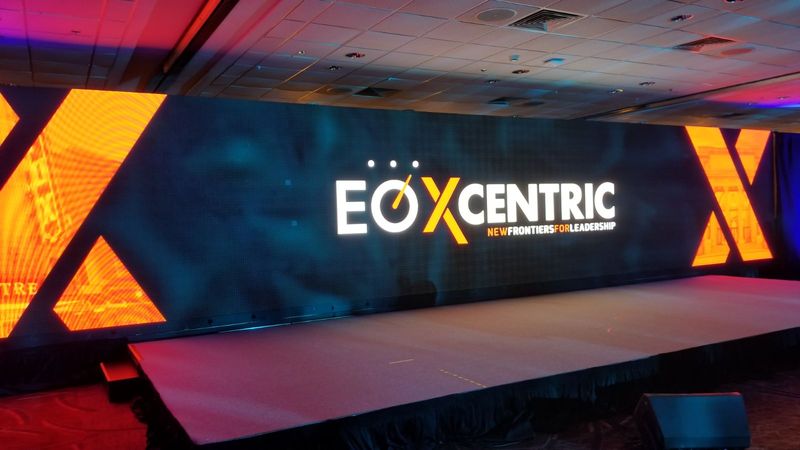Clarifying LED Display Panel Illumination Measurements to Optimal Visual Functionality
Clarifying LED Display Panel Illumination Measurements to Optimal Visual Functionality
Blog Article
LED wall panels are increasingly popular in various environments, including residences and commercial spaces as well as public spaces. These panels tend to be recognized due to the vivid as well as dynamic visuals, that render these suitable to communicating data, ads, as well as engagement. Nevertheless, understanding the brightness measurements of Light Emitting Diode wall panels is essential for guaranteeing optimal display performance. Brightness is measured using metrics called candelas, that show the amount of luminosity is emitted from the screen. The greater number of number of nits, the brighter a visual is. For instance, example, a panel with 1,000 nits is significantly brighter than a featuring 500 nits, making it better equipped in brightly lit settings.
As you selecting an LED wall screen, one becomes crucial in take into account the setting where that it will be used. In brightly illumined spaces, like retail environments and open-air settings, a increased brightness level is necessary to ensure visibility. Conversely, within dimmer settings, like theaters and meeting spaces, a lower brightness rate might be adequate. This is because excessive bright unnecessary luminosity in a dark environment can lead to discomfort for viewers, making it harder to focus on a screen. Therefore, comprehending specific particular needs for an setup site will aid in choosing the right brightness rate to ensure ideal viewing experience.
Another important factor to consider is the learn about this here now contrast ratio in the Light Emitting Diode panel screen. This ratio measurement indicates how much disparity exists between the brightest most luminous light versus the darkest black shade which the panel can produce. A higher contrast proportion indicates the display can it is capable of present greater clarity as well as richness, thereby improves general image quality. For instance, a panel boasting an contrast ratio of 10,000:1 is able to display images with more brilliant hues as well as crisper features compared to one featuring a proportion of 1,000:1. This is especially crucial in instances where showing images or videos that demand greater definition as well as detail, including slideshows and advertising content.
Moreover, the mechanism that drives Light Emitting Diode wall panels plays a crucial part in the illumination as well as total efficiency. Different types of LED methods, see it here including Organic Light Emitting Diode and Liquid Crystal Display, have unique characteristics which affect the way luminosity is experienced. OLED panels often provide better differential and deeper shades, thereby may enhance the viewing experience within dim environments. On the other hand, traditional LED screens may prove to be better for bright spaces because of the ability to generate greater levels in illumination. Understanding these tech-related variances will guide users to deciding on informed choices according to specific specific needs.
In conclusion, regular maintenance as well as adjustment of LED panel panels can assist preserve optimal brightness as well as efficacy long-term. Dust as well as dirt may build up on the screen, impacting the brightness as well as clarity of a display. Regular cleaning and expert calibration can guarantee that the screen operates at its best, offering uniform visual clarity. Additionally, some sophisticated LED wall screens come with built-in options that enable users to adjust brightness settings as well as color adjustments based on their preferences. Through taking such measures, operators can ensure the their Light Emitting Diode panel panels provide the optimal visual performance, no matter the environment where that these are used.
